It’s a long time since I’ve been excited about pictures. Sure, it’s nice to copy pictures from the memory card to the computer and see what you have.
But the surprise from a roll of film inside a camera so long that you forgot what you took in the first place?
It can’t compare.
My Nikon D70 is about three years old, and since then Nikon has released two replacements – the D70s and the D80.
In the first year my D70 crashed on a holiday in South America when the compact flash logic board failed. Even though the more I think about it, I suspect it was the BGLOD (blinking green light of death).
Because by the time I returned from holiday it was two days past the warranty, Nikon wanted to charge me more than $200 for it. After some bargaining, they agreed to fix the problem for me for free, but added that the would not do any general servicing of the camera. That meant they wouldn’t clean any spec of dust from it even if they saw it.
(Dust is the number one enemy in the DSLR. Pictures filled with specs of dust have to be touched up manually. Each time you send your camera to Nikon to be cleaned of dust, it’ll cost you more than $25. And that doesn’t come with a guarantee your camera is dust free. In fact, it might have more dust than when you brought it in.)
In the second year, I experienced at least one more instance of the compact flash card not working again. It was exactly the same problem that I had when I was on my trip a year earlier. The only difference was I was using a new 2gb compact flash card.
I wondered if it was the end of my D70.
Thankfully it wasn’t.
As my parents went off on another vacation, and my father had with him his new video camera – the Panasonic GS500 – that could also take still pictures, I quickly passed my mother my old Yashica T5 at the very last minute.
Hours before their flight, I rushed to get film.
So I have little faith in my father’s video taping technique. But I had seen still photos from that video camera and they were awful. Leica lens? The camera flares like crazy!
In the T5 was a very old half used roll of expired slide film. I had planned on cross processing the roll.
I’ve had the T5 since 1997. That makes this little camera 10 years old!
During that time, the T5 got crushed between me and the hard rock I was pulling myself up on a chain in Canada. All my photos became multiple exposures and the film advance had to be replaced for $70.
So little fuss over so many years. Dust? What dust?
At that time, I also had the Canon 50E with a Tamron 18-200mm lens.
The pictures from the T5 beat the 50E hands down – brighter, sharper, contrasty photos.
Well, my parents are back. And I’ve got the photos from my T5. I developed film and I didn’t even bother printing.
Instead, I got myself a Nikon Coolscan V ED dedicated film scanner and scanned all the photos into my computer. Okay, I confess, it’s a bit too much to spend on old technology, but I think the results are worth it.
And I quite enjoy the results.
One thing that’s clear to me is that I seem to look at things differently than on digital. Aside from the green hues of cross processing the Fuji Sensia 100 slides, stylistically, they feel different from what I’ve shot.
On digital, I might never have shot these. Well, I might have shot it, but I’d have deleted it.
But on film, you look at the scene, and you make a commitment to it and you click the shutter. There’s no turning back. There’s no second guessing your instinct.
And sometimes, instinct isn’t such a bad thing.
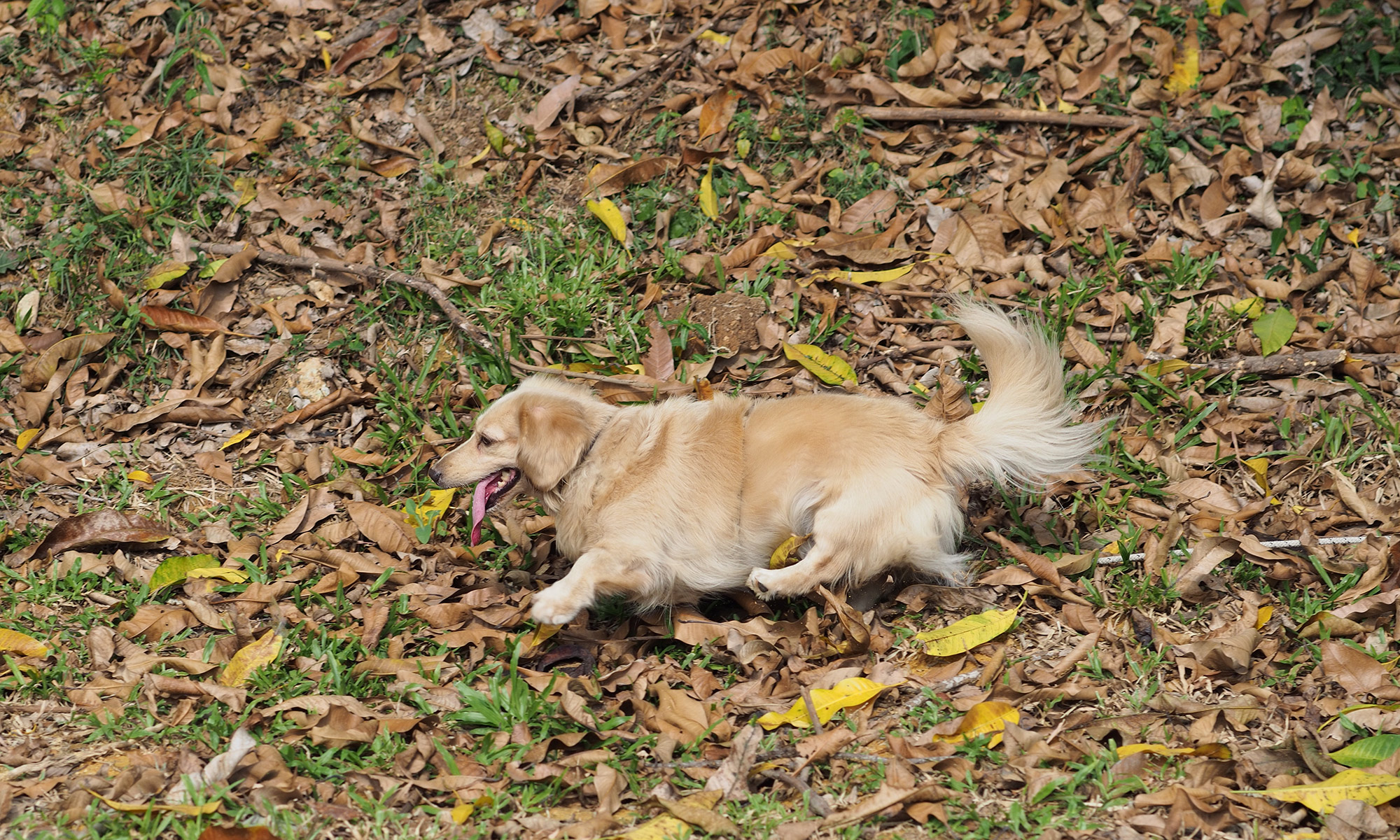


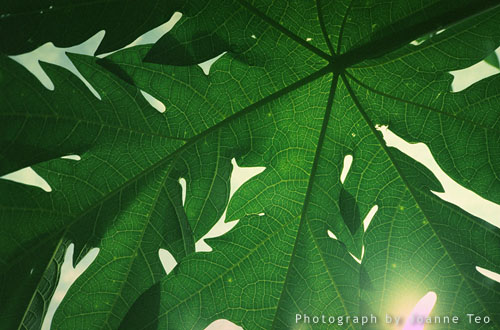
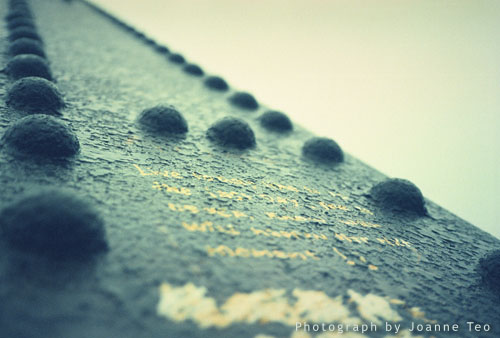
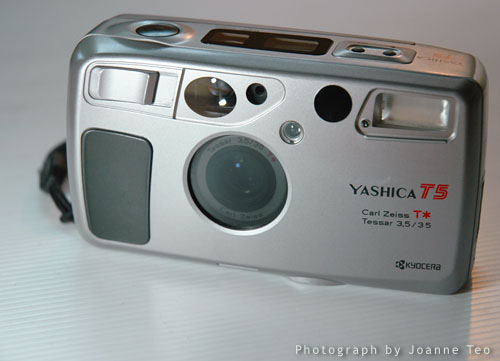
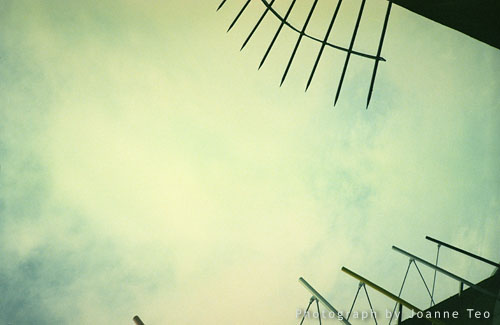
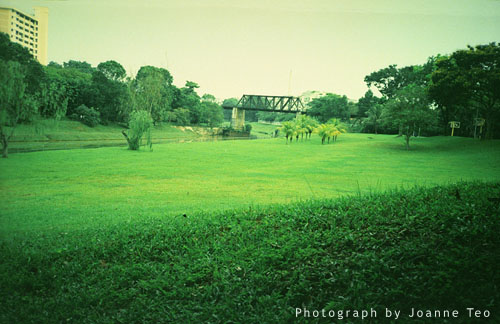
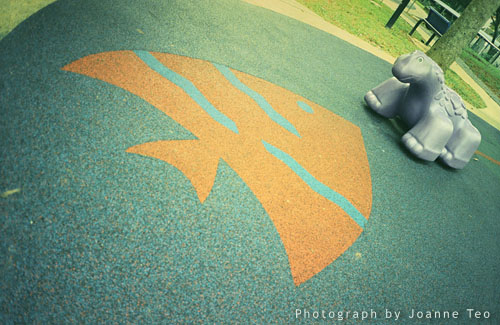
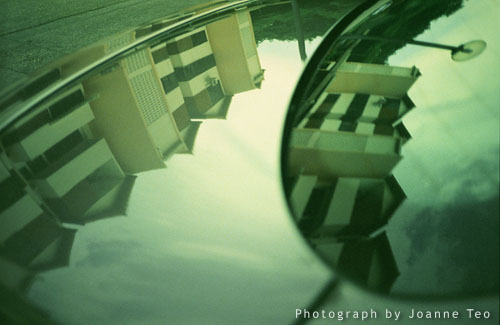
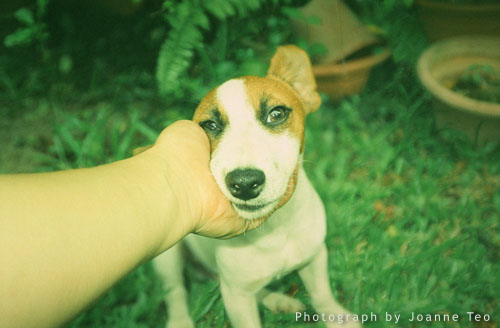

One Reply to “Going analogue”